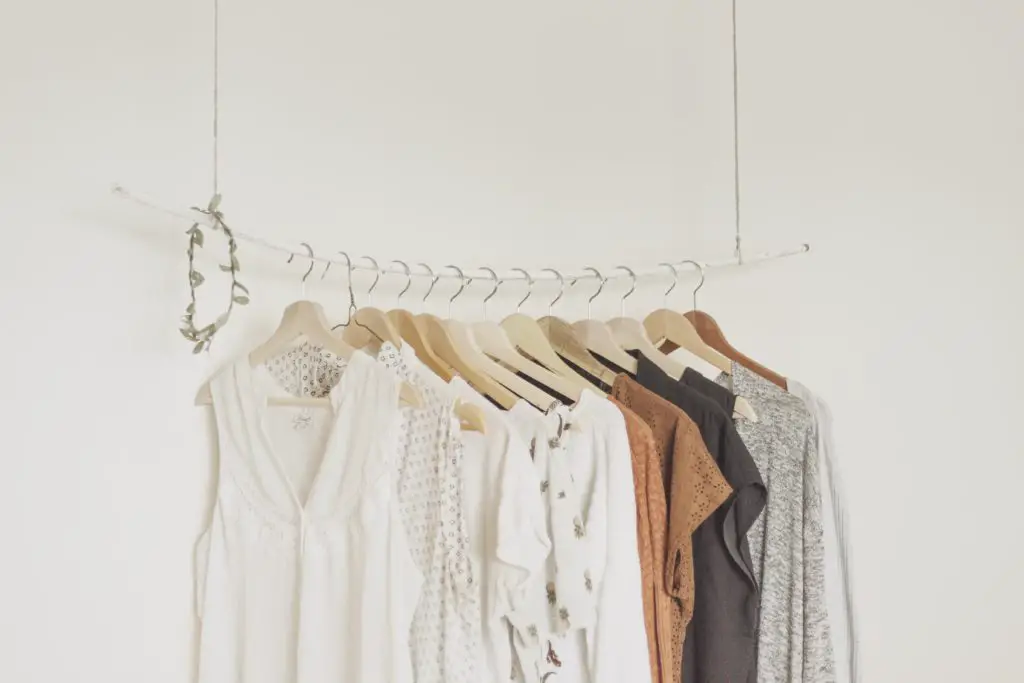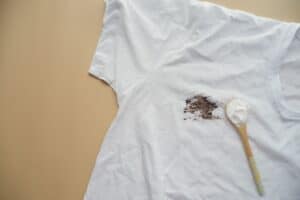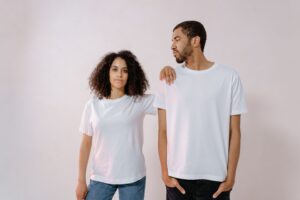How to Start a Capsule Wardrobe - the 5 Step Process

If you want to start a capsule wardrobe for the first time, I recommend the following steps:
1. Rationalise what you own by removing items you are unlikely to wear
2. Use storage boxes to store away items likely to be worn in other seasons
3. Put items for the current season back into your wardrobe
4. Keep track of what you wear during the current season
5. Repeat the process for all other seasons
In the end you should have four capsules that you can rotate between, depending on the season.
1. Rationalise what you own
* As you are pulling things out, try to keep your clothes grouped into like items. So tops in one area, knits in one area etc.
* Then go through each item and decide if you are going to keep, donate or discard it.
* Of course I encourage you to declutter responsibly. So if you have items you want to donate or discard, consider some of the options mentioned here.
* For the items you have decided to keep, give each category of clothing a final look over to ensure you have held onto what you use or love.
2. Store away items to be worn in other seasons
3. Place items for the current season back into your wardrobe
For example, in your wardrobe move all the clothes to one side and leave a gap in the wardrobe. For clothing stored in drawers, have your items stored in one half of the drawer but keep the other half free. It should be possible to do this if you have decluttered your wardrobe and stored away seasonal items. This helps for the next step.
4. Keep track of what you wear during the current season

One important note – not everything you wore gets stored away. If there are items that you would like to wear in the next season, then keep it in your wardrobe for the next season. You will find that most basic items will remain in your wardrobe across all seasons – they don’t get stored away for a year.
* If you are ready to let them go, denote or discard the item.
* If you think the item would be better served if worn during a different season, add the item to the boxes created earlier for the other seasons.
* If you feel you would have worn the items during the current season, add it to the current season’s capsule wardrobe box along with the items you actually did wear. However take note of this item (on your phone or a notebook). Next year, you can repeat this process of tracking what you wear and see if you fail to wear the item once again. If you have not worn the item two years in a row, it really should go to someone who will get more use out of it.
So at the end of the season, you should have packed away items that will be that season’s wardrobe next year. Congrats, that’s the beginning of your capsule wardrobe.
At this time you need to bring out the clothes you had stored away for the next season. Pull those out and hang them in your wardrobe.




